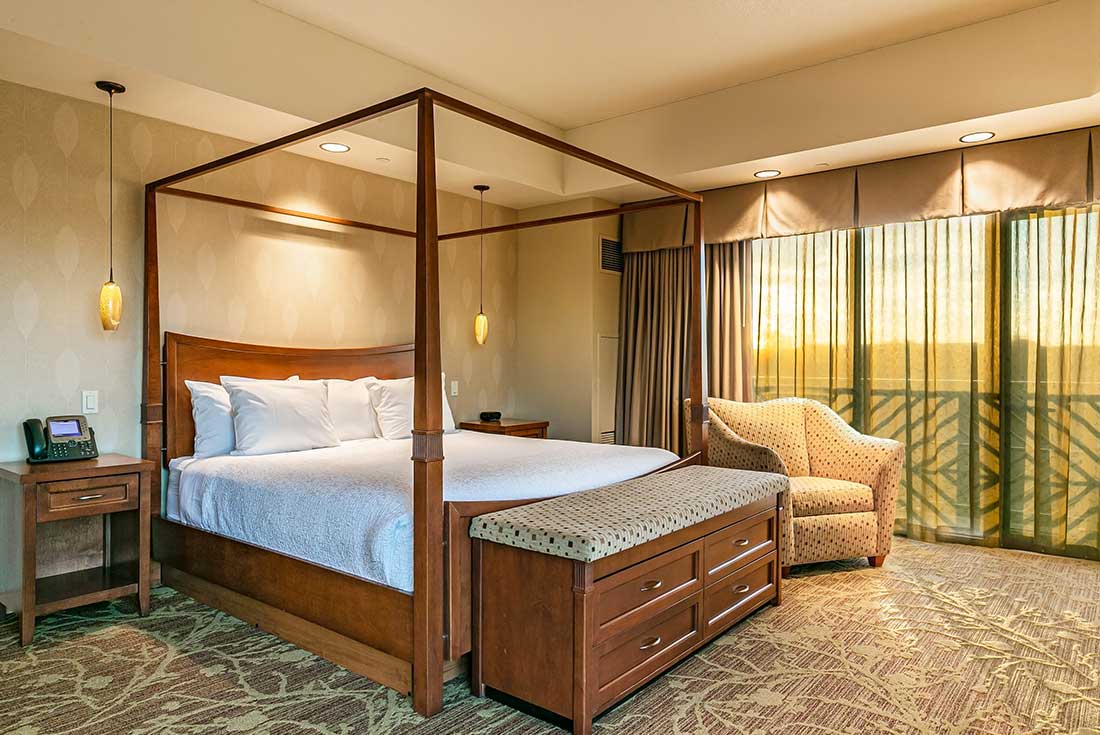
Martha was born in 1930 into a large family and was named “Navajo Butterfly” by her native relative. In 1936, she attended Holder school and in 1942, she moved on to the Ute Vocational School. Upon graduation, Martha attended the Haskell School in 1949. Soon after beginning courses at The Haskell School, Martha joined the US Army and became a WAC. By 1957, the war had ended and Martha used her military training to become an LPN for St. Joseph’s Hospital. Martha had five children. Her service to the Tribe continued; she served on the Tribal Council for 12 years. During her time, she was not only the Tribal Historian, but a Tribal judge and planning commission member as well. In her spare time, she dabbled as a radio announcer. Her most prized position, however, was to be included on the Ute Language committee that created the first Ute Dictionary. In her later years, Martha was elected to the Committee of elders. Her presence and spirit are felt to this day as a leader and role model for the Tribe and the community of Ignacio alike.
Leonard Burch was born on Christmas Eve 1933 in the small town of Ignacio, Colorado. He was given the native name Pă nă pŏŏ chĕĕf, meaning Shining Star. Leonard would grow into nothing less than a star for the Utes. In 1954, he graduated from the Ute Vocational School in Ignacio, and just one year later, he chose to serve his country; Leonard enlisted in the US Air Force. During his service, he was tasked with monitoring communications behind the Iron Curtain, giving him a life-long sense of patriotism.
Leonard was married in 1959 and began working for the BIA’s Bureau of Land Management upon completing his military service. It was not until 1966 that Leonard changed paths; he was elected Chairman of the Southern Ute Tribal Council, the youngest to ever be elected. During his early years as Chairman, he curbed spending and looked for ways to improve the Tribe’s economy. He also developed a National presence working closely with local and National Governments, business leaders, and native organizations. In 1975, he assisted finding CERT, Council of Energy Resource Tribes and urged Tribal members to approve a new Constitution, modernizing the governance of the Tribe. Two years later, Leonard participated in the signing of the Ute-Comanche peace Treaty giving much stability to both Tribes. Later, he led the creation of the Tribe’s own Department of Energy. The department would later become the most successful Native American-owned energy company in the United States.
Leonard’s accomplishments continued to build. In 1981, he received the honor of Sun Dance Chief and some years later, he was granted the prestigious award of Citizen of the Year for the City of Durango. In 1996 and 2003, he was also granted the Martin Luther King, Jr Business Social Responsibility Award for the city of Denver and the Colorado Business Hall of Fame Award, respectively. Upon retirement, Councilman Ray C. Frost suggested that a day each December be designated Leonard C. Burch Day. It remains a Tribal Holiday to this day. A short time after retirement, however, Leonard passed away. He will be remembered as a man who truly served the Southern Ute people. The full impact of his vision for Indian Tribes and Native Americans may not be fully realized for decades.
In a memorial entered into the US Congressional Record, US Senator Ben Nighthorse Campbell wrote: “Leonard Burch was a quiet man of enormous vision who led the Southern Ute people for nearly three decades, from a little known, mostly poor tribe to the preeminent energy producing Indian tribe in the world, the leader among tribes, just as Leonard was a leader among men. Leonard’s dream for the tribe was audacious, but he persisted where others might have faltered, and he believed in his vision, but more importantly, he believed in his people. His faith in the inherent strength of the Southern Utes was unshakable. It speaks well of the Southern Ute Tribe that they were perceptive enough to know a great leader when they saw one and continued following his lead even when the way was difficult.”
Jessie Jefferson was born in 1911 to Robert Richards and Frances Cameron Radea. She was married in Towac, Colorado and soon became a homemaker. She and her husband quickly added to their family, introducing 4 children. In 1914, Jessie was elected to the Tribal Council being the first woman to ever be elected to the Tribal Council. She became the official interpreter for the Southern Ute Tribal Council until World War II forced Jessie and her family to relocate to Denver.
During those years, she and her family remained in Denver, returning to the family ranch South of Ignacio in 1946. Upon returning to Ignacio, Jessie returned to her post as official translator. Well into her later years, she remained very active with the Tribe, interpreting official Tribe business as the Councilmen spoke only Ute or Spanish. Before her passing in 1952, Jessie reached many milestones for Southern Ute women and continues to be an inspiration to her young followers.
Chief Severo’s original native name was Bonito. Though, as he grew, his name was changed to Capitanito, meaning Little Chief. In his adult life, he had a ranch on Rio Pinos, where he farmed and raised livestock. He did well at farming, but that was not his passion. He was proud to be named Chief, a distinction that came to him later in life. As Chief, he was a friend of good government and an enemy of bad order. He strived to fill his position with honor, working well with the whites and winning their approval. In 1913, Chief Severo passed through this world, leaving behind a legacy for honesty and determination for the Southern Utes to follow.
Edna Shoshone Hood Known to her native people as “Sinawavi” Edna was born on February 22, 1909. Though she grew up very poor, she adopted a philosophy of “self-determination” and let nothing in her life hold her back from success. At age 10, Edna made a decision to leave the Reservation in Ignacio for St. Catherine’s Indian School in Santa Fe. She completed her studies and after graduation, she packed her bags for the Albuquerque Indian School where she completed her training as a registered nurse. Already, Edna had reached a milestone: She had become the first registered nurse of the Southern Ute Tribe. She continued to excel, working for the Indian Health Service. It was at St. Joseph’s Hospital that she met her future husband, George, who was recovering from emergency surgery. They married one year later and soon became the proud parents of three children. From 1971-74, Edna served on the Tribal Council and worked steadily as an integral part of the community. Throughout her life, it was Edna’s philosophy for her children to serve as visible role models by completing their college education and working for the Indian people’s success. She lived to see not only her children achieve college degrees, but her grandchildren as well. Both she and her husband served as role models and mentors to many people on the Southern Ute Reservation until her passing in 2005. She continues to be an inspiration to the youth of the Reservation.
Antonio Buck Sr. was born in 1879 in Ignacio, Colorado. He left home to attend Fort Lewis Indian School near Durango, but later returned to his homeland in Ignacio. Son of the late Buckskin Charley, Antonio succeeded his famous father as the last hereditary chief of the Southern Utes. The Wheeler-Howard Act of 1936 provided for a chairman and small council. It was then that Antonio became the first elected Chairman of the Tribe. In his time as Chairman, he sustained the program of agricultural advancement sponsored by his father. Though he continued to spend the majority of his life on the Reservation, Antonio spoke three languages fluently and was briefly an official interpreter for an inter-tribal agency in Washington. In his later years, he remained an influence in Tribal matters and acted as an advisory to his successors. Antonio passed through this world in 1961, but to this day Tribesmen speak in tribute to his sustained leadership and commitment to the land and to his Tribe.
Chief Buckskin Charley was born in 1840 in New Mexico. As a child, his mother often found him in the garden with indigenous frogs. It was then that he was given the native name “Mah-kotch-ah-wuh”, meaning Horned Toad. He carried that name until he reached his early twenties. After becoming acquainted with some white soldiers on the frontier, he quickly proved his skill in hunting. He completed a very successful deer hunt and afterward, made lovely buckskins for the soldiers. It was then that one of the officers dubbed him Buckskin Charley. Indians believed this name was something to be proud of.
Times were difficult following the death of Ouray in 1880; Buckskin Charley was appointed to his predecessor’s position with no dissenting votes. He had even been sub-Chief under Ouray and had learned much about governing from him. During his term as Chief, he was trusted by the whites, giving advice that was listened to with respect. He also encouraged the retention of tribal traditions and ceremonies, while keeping peace with other nations and continuing to protect the interests of the Southern Utes. Buckskin Charley even worked toward a peace treaty between the Southern Utes and the Comanches, finally taking effect more than 40 years after his death. Of all of his accomplishments, he was most well-known and respected for his manner of helping others cope with the difficult adjustment of life on the reservation. He was an advocate for the Southern Utes until his death in 1936, but he remains a legend to the Tribe for all of the time.
Born October 20, 1916, Sunshine Cloud Smith was the youngest of five children. At an early age, the precocious youngster left her home in Ignacio, CO to attend the Haskell Indian School in Lawrence, KS. Upon graduation, she returned home where she worked as a ward attendant at Taylor Hospital. She was accepted to UNM and later graduated with a degree in Business. She soon met her husband and moved to Indiana where she worked for Owens Glass Factory during World War II. It was not long before Sunshine and a few friends joined the war effort; she enlisted in the US Army, becoming a member of the US Women’s Army Corps. Immediately, she was sent to Staten Island, NY where she was trained as a surgical tech. Sunshine was granted numerous awards for her service during the war. In 1952; after making her way back to Ignacio, Sunshine was appointed to the Tribal Council. She became a life-long advocate for children and was an instrumental member in founding the Southern Ute Head Start Program. Possibly one of Sunshine’s most notable achievements, before her passing in 2002, was to be included on the Ute Language Committee that was responsible for writing the first Ute Language Dictionary.






Sky Ute Casino Resort
14324 Hwy 172 North
Ignacio, Colorado 81137
Phone: 970.563.7777
Toll-Free: 888.842.4180
Reservations: 800.876.7017
Voted Southern Colorado’s #1 Casino
9 Years in a row


